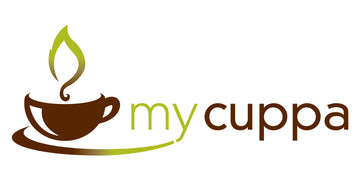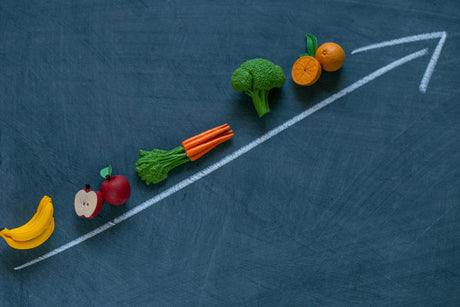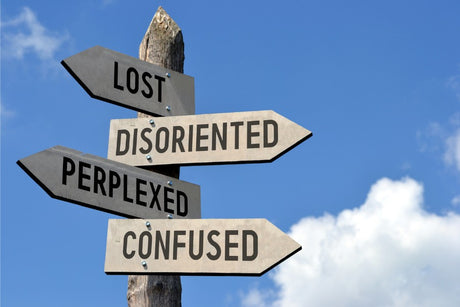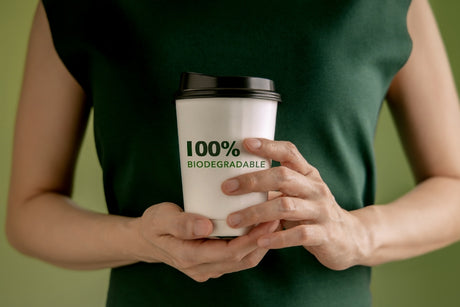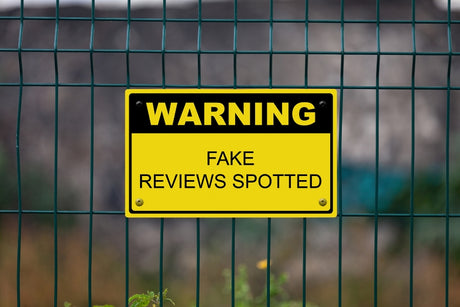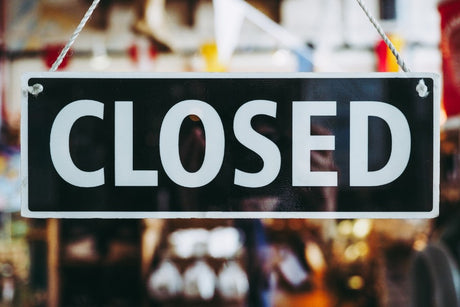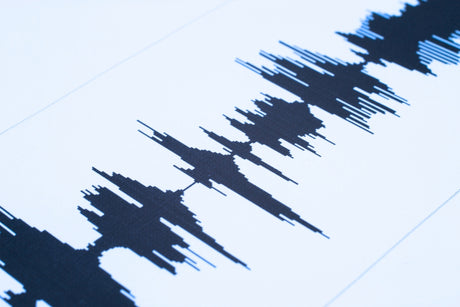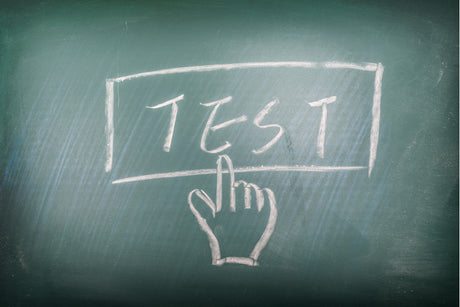Understanding Coffee Strength: Myths, Facts & Brewing Tips
What Does Coffee Strength Really Mean? Many coffee drinkers are confused by the term "coffee strength." Is it about flavor, roast level, or caffeine content? Let’s clear up the confusion and bust some common myths.
Coffee Strength = Caffeine Content
Technically, coffee strength refers to the amount of caffeine in a given volume of coffee. It’s not about the origin of the bean (e.g., Brazil vs. Colombia), nor is it about roast level (light, medium, or dark).
Over time, people have come to associate strength with bold flavor, but that’s not accurate. Strength is not a flavor rating, and it’s definitely not a roast depth indicator.
Myth #1: Strength Ratings Are Real
You’ve probably seen “strength” or “intensity” ratings on coffee packaging. These are marketing terms, not official grading systems. Brands like Nespresso and supermarket retailers use them to guide consumer choice, but they don’t reflect actual caffeine levels or bean quality.
Coffee beans are graded based on quality, size, and flavor attributes—not strength. Roasters can’t call up suppliers and ask for “strong beans” because that’s not how coffee is traded.
Arabica vs. Robusta: Which Is Stronger?
There are two main types of coffee beans: Arabica and Robusta.
-
Arabica beans have a smoother, more nuanced flavor and are grown at higher altitudes. They contain less caffeine—about half as much as Robusta.
-
Robusta beans are bolder and more bitter, with 2–3x more caffeine per gram. They’re often used in espresso blends for crema and kick, but they can taste harsh—like rubber, tar, or wood.
At MyCuppa, we don’t use Robusta. We believe in preserving flavor integrity, and Robusta often compromises that.
Myth #2: Dark Roasts Are Stronger
Another common misconception is that dark-roasted coffee is stronger. In reality, roasting darker reduces acidity and increases bitterness, but it doesn’t increase caffeine.
Think of it like toast: leave it in too long, and it’s burnt—not better. Over-roasting can dull flavor complexity and shorten shelf life.
Why Arabica Is Preferred
Arabica beans are harder, denser, and grown at higher altitudes. They’re more expensive to produce but offer cleaner, sweeter, and more acidic profiles—perfect for milk-based drinks like lattes and cappuccinos.
Despite regional differences, Arabica beans generally have similar caffeine levels, so strength doesn’t vary much between origins like Kenya, Colombia, or Brazil.
Brewing for Flavor: The Real Strength Factor
Flavor in coffee comes from proper extraction—not bean type or roast level alone. Brewing involves balancing:
-
Grind size
-
Dose
-
Water temperature
-
Extraction time
Even seasoned baristas struggle to dial in new coffees. If your espresso gushes out in under 20 seconds, it’s likely under-extracted—resulting in weak, thin coffee with pale crema.
If it pours too slowly or chokes, it’s over-extracted—leading to sour, bitter, or burnt flavors.
Home Brewing Tips for Better Coffee
Most home users leave their grinder settings unchanged, which leads to poor extraction. Here’s how to improve:
-
Adjust grind size every few days as coffee ages.
-
Increase dose slightly to compensate for aging beans.
-
Allow beans to equalize after opening a new pack.
-
Watch your shot time: aim for 25–30 seconds for espresso.
For non-espresso methods like filter, plunger, or stovetop, use the correct grind and brew time to extract oils and flavor properly.
Final Thoughts: Flavor Over Fiction
Coffee strength is about caffeine, not roast level or flavor intensity. Understanding the difference between Arabica and Robusta, and mastering your brewing technique, will help you enjoy coffee the way it’s meant to be—flavorful, balanced, and satisfying.
Once you master and adapt your brew and extraction techniques to suit the coffee, then you can look at coffees with higher natural levels of flavour if you have a preference for more taste.
Here are some recommended high flavored coffees
Kenya Clean, intense, citric, winey, dark chocolate with a long finish
Tanzania Dark berry, bold body
Monsoon Malabar is a Powerful classic coffee flavour with chocolate notes, a massive body and a long, persistent finish.
Guatemala Coffee Dark chocolate and cocoa with a Swiss chocolate finish.
Ethiopia Harrar Strong blueberry and long choc-chip cookie finish
Ethiopia Sidamo Wild berry, lemon and citrus notes, high acid
Costa Rica Strong toffee and caramel
Colombia Heavy caramel with red berry mid-palate and milk chocolate in the finish.
Sumatran Coffee Beans: Spicy, massive body, pawpaw and papaya, very sweet, long finish.
Rwanda Chocolate, toffee and caramel.
If you are looking for strong coffee beans, we hope this Buying Guide helps you understand the differences in coffee for sale in Australia.
